The cat snake, also known as “cat-eyed snake,” belongs to a large group of snakes in the genus Boiga. Cat snakes in other genuses do exist, but Boiga is the largest and most diverse. Their name comes from their pupils, which are vertical, like a cat’s pupils.
There are at least 35 different species of cat snakes, each with their own different characteristics. Many species are venomous, but their venom is mild and rarely dangerous to humans. Read on to learn about the cat snake.
Description of the Cat Snake
There is a wide variety of species in the cat snake family, but they all share one trait. They all have vertically slit pupils, like cat pupils. Outside of this, they vary in appearance.
Some species, like the mangrove snake, is black with bright yellow bands. Other species are brown or tan, often with dark mottling. Each species is slightly different in appearance.
Interesting Facts About the Cat Snake
Because there are so many different species to choose from, there are virtually endless fun facts! Here, we will highlight several species and their interesting characteristics.
- Mangrove Snake – One of the largest species of cat snakes is the mangrove snake. This species grows up to 8 ft. long, and has colorful yellow and black scales. True to their name, their favorite habitats are mangroves and rainforests.
- Common Cat Snake – This species, also known as the “Indian gamma snake,” is relatively small. They usually grow no longer than three feet in length. Their primary defense from predators is looking like the highly venomous saw-scaled viper.
- Black-Headed Cat Snake – The black-headed cat snake’s name comes from its distinct coloration. The rest of their body is light tan, but their head is greenish-black. This species has stronger venom, but cannot deliver large amounts at a time.
- Brown Tree Snake – If you couldn’t guess, this species is brown, and usually lives in trees. Humans introduced this species to Guam after WWII, and its population boomed. Sadly, native bird populations are suffering because of this snake.
Habitat of the Cat Snake
These snake species live in a variety of different habitats within their range. Their habitat preference differs based on the species at hand. Some species live in humid tropical rainforest and mangrove swamps, while others live in grasslands and open woodlands. They do not live in colder regions or ecosystems.
Distribution of the Cat Snake
Cat snakes in the Boiga genus live in Australia, Asia, India, and a few species live in Africa. In Asia they live in the southeast regions.
They are relatively widespread, depending on the species, because most are highly adaptable. Because of this, some species have become invasive in certain regions. The distribution varies based on the species.
Diet of the Cat Snake
As with most other categories, the diet varies based on the species. For the most part, they eat birds, small reptiles, small rodents, frogs, eggs, and other snakes.
Some species have more specialized diets than others, and feed primarily on a single type of food source. Other species are very opportunistic, and eat just about anything that they can get.
Cat Snake and Human Interaction
Because they have such widespread distribution, these snakes interact with humans quite frequently. They live in many areas close to human habitation. While their bites are painful, their venom is mild and not dangerous. No human has ever died from a bite from this group of snakes.
The threat level to these snakes depends on the species. Some species suffer from habitat destruction and hunting, while others have healthy populations.
Domestication
Humans have not domesticated cat snakes in any way.
Does the Cat Snake Make a Good Pet
No, these snakes do not make good pets. Though their venom is mild, they still give a painful bite. Even snakes bred in captivity are rather shy and fearful of interaction.
Cat Snake Care
In a zoological setting these snakes are somewhat ornery. They strike relatively frequently compared to other, more docile, species. Because many species grow quite lengthy, some require much larger habitats than other, smaller, snakes.
Their exact care varies based on species, but generally they need a heat source and light source. Many species eat small rodents, like rats or mice.
Behavior of the Cat Snake
The behavior of these creatures varies between species. Most species are solitary, as very few snakes live in groups. Many species are arboreal, and live in trees, while some are terrestrial, and live on the ground.
The specific behavior differs species by species, but they spend most of their time searching for food or lying in wait for food to approach them.
Reproduction of the Cat Snake
Most members of this group of snakes produce relatively small clutches of eggs. They are egg-laying snakes rather than live-bearing snakes, which generally lay between 3 and 15 eggs per clutch.
The incubation period and exact breeding behaviors vary species by species. Young are independent at hatching, and do not receive any maternal care.

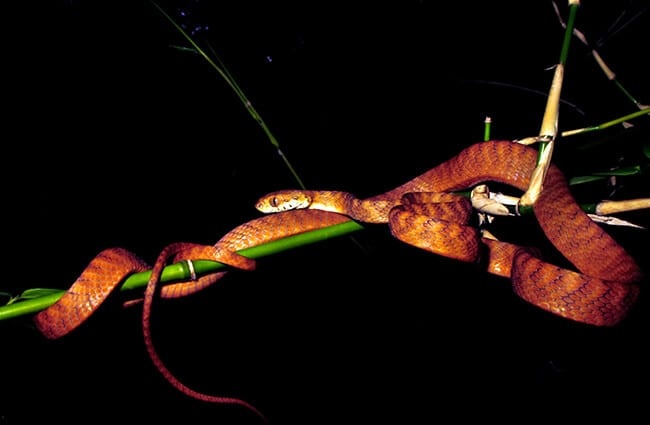

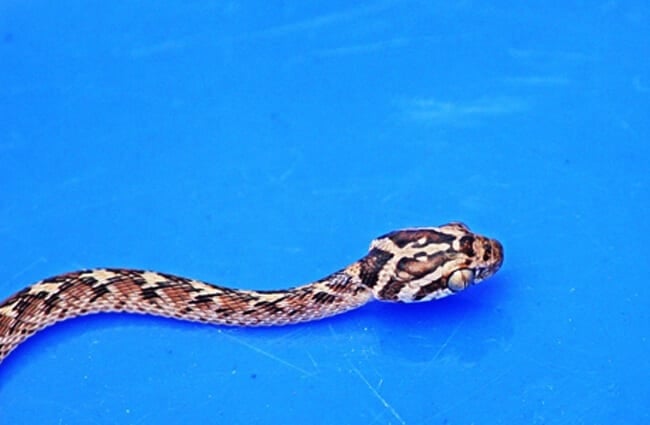
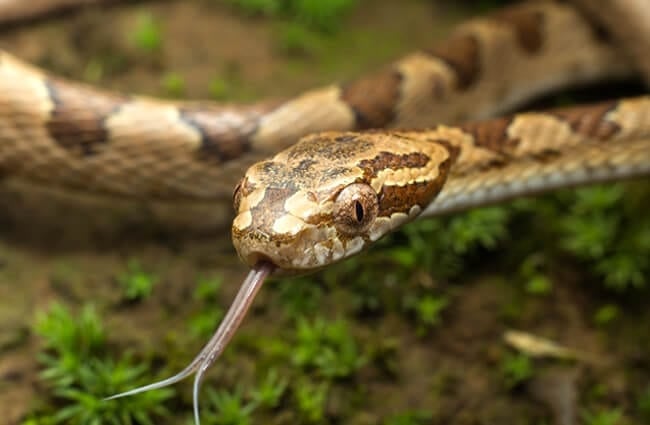
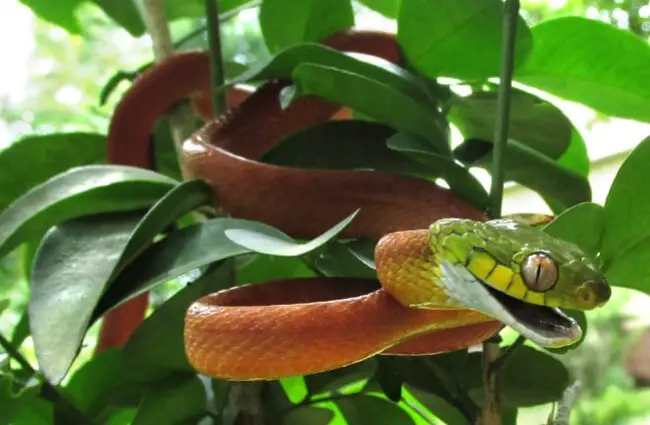
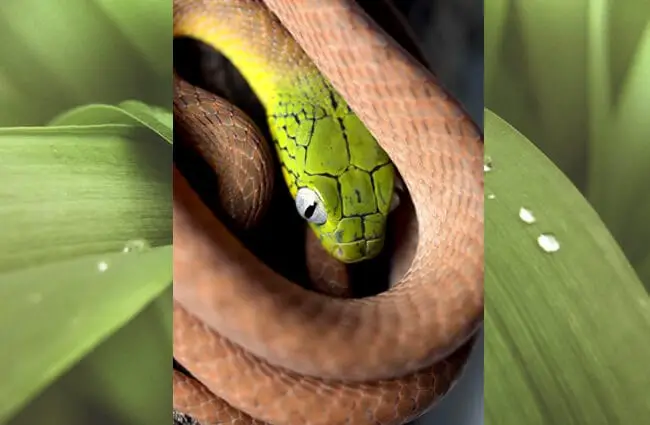
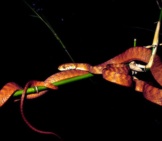
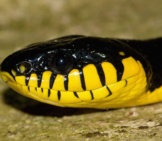
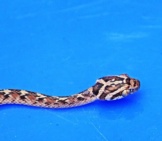



![Red Angus Closeup of a beautiful Red Angus cowPhoto by: U.S. Department of Agriculture [pubic domain]https://creativecommons.org/licenses/by/2.0/](https://animals.net/wp-content/uploads/2020/03/Red-Angus-4-238x178.jpg)












![Red Angus Closeup of a beautiful Red Angus cowPhoto by: U.S. Department of Agriculture [pubic domain]https://creativecommons.org/licenses/by/2.0/](https://animals.net/wp-content/uploads/2020/03/Red-Angus-4-100x75.jpg)

